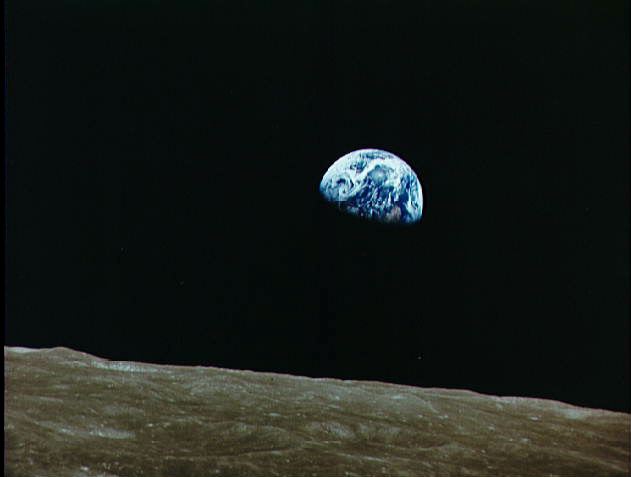Have been away from this dhaga for some time... Have not seen all the messages so please ignore if you find something already discussed. Will comment on a few posts which may interest those who are interested in serious science and understanding. Of course, this is to inspired people to look up further for reputable resources.
Another question I have is regarding the orbits. If I am not mistaken, there is not much inclination between the equatorial planes of earth and moon.
Inclination between equatorial planes and earth and moon is about 24-25 degrees. This varies, and is a little more complicated than straight-forward ddm newspapers like to put.
To be clear, and help us understand the kinematics, let us
take ecliptic as our reference plane.
-
The earth's equatorial plane is tilted about 23.5 degree.
-
The moon's equatorial plane is tilted about 1.5 degrees.
The moon's orbit (around earth) is tilted about 5 degrees. The points the orbit crosses ecliptic is called moon's nodal point -(Rahu and Ketu grah in Indian astronomy) are not fixed but rotates making one revolution in about 19 years. Also the math here is 3D trigonometry (or vectors) so one may need a good 3D model to do real "calculation".
*****
The earth's equatorial plane comes in calculations mainly to determine launch window (azimuth angle etc) - remember earth is spinning so points fixed on earth's surface are not "fixed' wrt to earth/moon position etc (which determines lunar orbit insertion etc).
The moon's equatorial plane comes into calculation mainly to determine precise timing for Vikram's descend so it reaches the right place on the moon at the right light condition. (Remember moon is spinning).
The moon's orbit around earth comes into calculation mainly to determine precise timing to fire rockets to "leave" earth.. and later achieve lunar orbit.
It is, obviously a lot complicated than what I say here .. (I will more time and equations etc

) but Lunar orbit insertion has flexibility in the sense that once the original orbit (it's perigee / nodal point are at the right point wrt to moon -- see my old message for details) one could reduce number or orbits etc with less of a headache. Even if we had Saturn rockets the timing/sequence of landing part will not change - if you miss that window you may have to wait for months.
Hope this answers or makes few points clear ..
RonyKJ wrote:There were a couple of occasions when Dr Sivan was asked about how the landing date was maintained even though the launch date slipped by a week.
It was my understanding that this would be done by reducing the number of orbits around the moon after LOI was achieved. But Dr Sivan did not mention that at all, instead he talked about the time of TLI being adjusted. I wonder what is the real situation.
***
... .. Since we need to be in polar orbit around the moon, if we launch into polar orbit around the earth and then do the transfer to moon, we will arrive very close to polar orbit around the moon. Is this what was done? Was Chandrayaan 2 launched into polar orbit around the earth? This would make sense of what the chairman said regarding correction at perigee to achieve exact polar orbit around moon.
Another piece of info is that there is some possibility that systems on rover and lander may survive beyond 1 lunar day, since they have been tested to that temperature, but it is not guaranteed.
To add, "perigee" etc are important but not that much as "nodal points".. actually all are important but it is complicated math and not some rules of thumb.
Chandrayaan was launched such that at TLI could be done with right time window and availability of fuel.. It is NEITHER polar orbit or equatorial orbit around earth but its inclination is such that it reaches moon (which could be as much (but not more) 28 degrees inclination (wrt t earth's equatorial plane.)
Similarly after reaching moon, the orbit is "adjusted" (by firing rockets at precise timing windows) to achieve a "polar" orbit of the moon - how much the change in "inclination" depends on lot of factors.. (it is not addition/subtraction of angles.. more a vector calculation)
Hope this helps.
Edited later: Removed unneeded part. (Thanks Indranil for pointing out)






